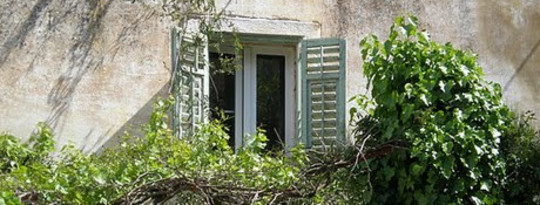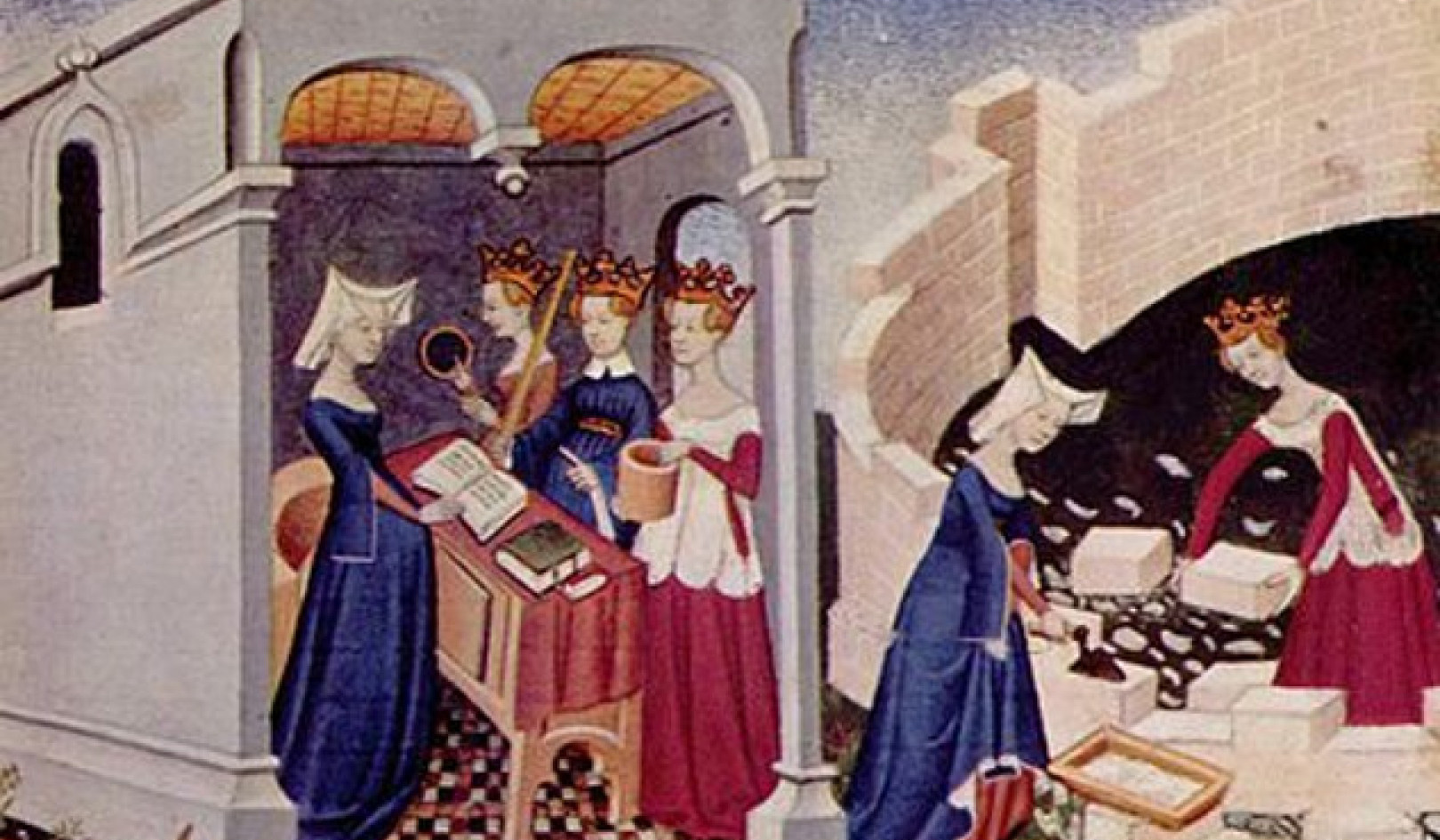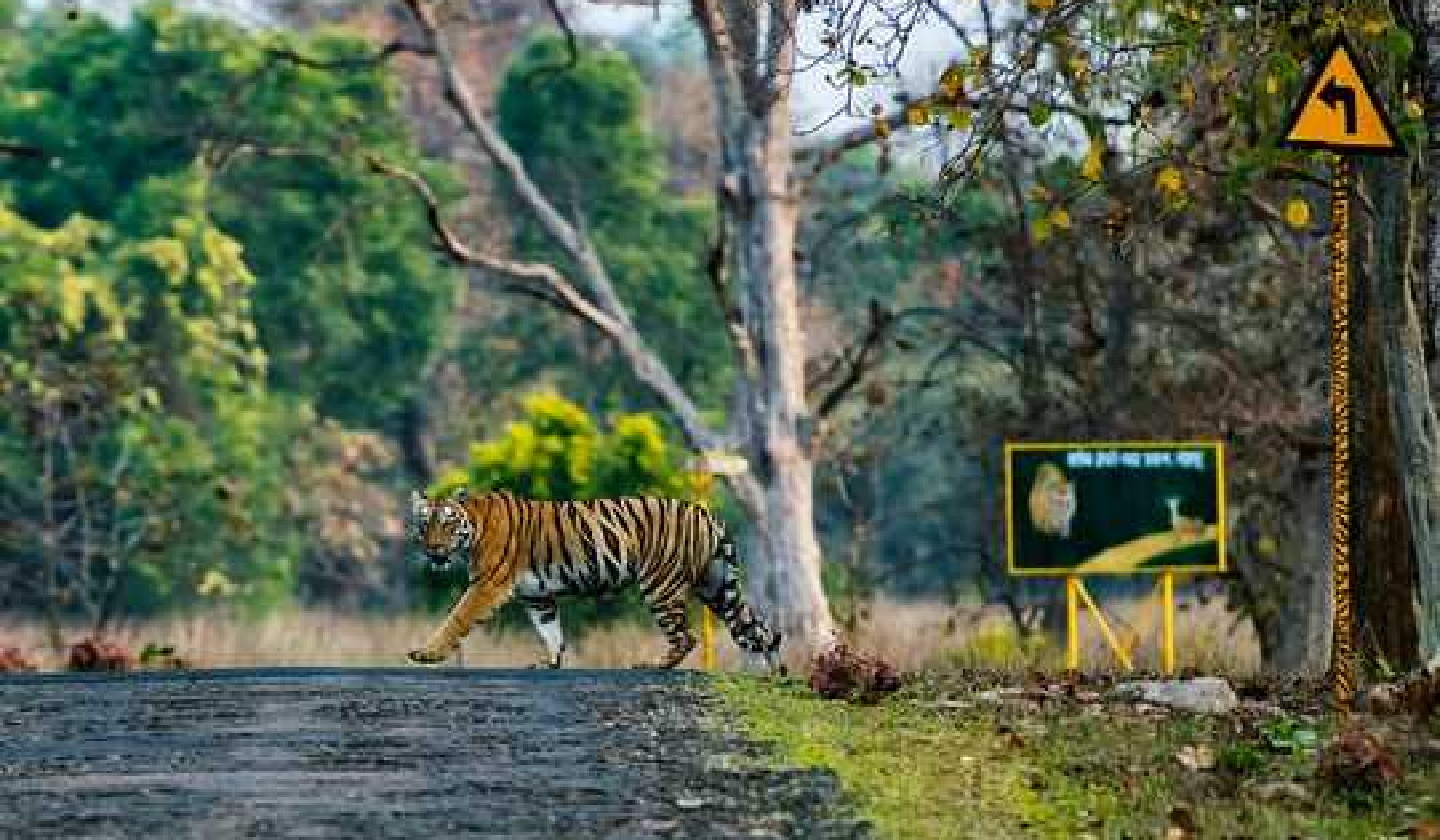
There’s a country path I walk often, near where I live, that borders the edge of a vineyard. There’s a place along this path where some grapevines have escaped under and over the barbed wire vineyard fence and now grow wild. These escaped grapevines bravely re-wilding themselves have something important to teach me – and all of us. I’m growing my relationship with them, to learn that lesson more deeply.
This place I call home, Sonoma County, California, is wildly beautiful. I feel fortunate to live here. Tourists flock to this place, especially in the summer, many drawn by the “romance of the wine country.” I understand the allure of this land – and the attraction to spending a day going from one vineyard tasting room to another.
But have you ever really looked closely at a vineyard?
Land shaved bare of all growth (sometimes clearing groves of old redwood trees – but that’s another article). Posts with wire stretched between them cross picturesque rolling hills in military-like formation. Grapevines are tied to the posts and stretched along the wires, bound in uniform, rigid shapes (perhaps for easier maintenance and harvesting). It looks like a giant martial formation of crucified plant beings. (There’s an old vineyard I drive by sometimes, where the vines are not tied, but allowed to grow as they please. Trunks thick with years, they bend and twist, reach and curve, each growing into its own beautiful and unique shape – but that’s yet another article.)
I marvel at the escaped grapevines along the path close to my home, that have somehow found their way to their own process of re-wilding themselves, perhaps called by some ancestral memory deep in their DNA to reach over and under the barbed wire fence, learning to grow again toward their own unique, natural shape.
Studying these vines I notice that even as they stretch into their new-found freedom to shape themselves, they remain tethered to the vineyard grapevines – bound by common, intertwined roots to their brethren still tied to poles on the other side of the fence.
Stretching To Reclaim The Freedom To Shape Oneself
I feel a kinship with these re-wilding, edge-dwelling grapevines – a stretching to reclaim the freedom to shape oneself, a diligence and urgency to this process of re-wilding, embracing the uncertainty of what shape will emerge, with no “how to” manual or guarantees of success.
There’s a reality to these feelings of kinship. Even as I stretch to vision what could arise beyond the crumbling of our Industrial Growth Society, and what ways I might shape myself to contribute to that great re-birthing, I am bound, in a thousand interconnected ways, to the old way of being, thinking and doing – just as surely as these escaped grapevines share intertwined roots and branches with the ones tied to poles on the other side of the barbed wire fence.
Getting in Touch with Our Ability to Contribute to Meaningful Change
It may be impossible to free one’s self completely (physically, financially, psychologically, etc). It may not even be desirable. We are tied in a thousand ways, both visible and hidden, to the civilization that birthed and shaped us. It may be these interconnections that allow the flow from those visioning and creating a future at our crumbling civilization’s edge to those who remain more firmly bound within our dominant culture.
As one very simple example, I need my computer, Internet, phone (and the cash to pay for them, and a way to obtain that cash) to communicate in our civilization – to be able to enter into and contribute to the conversation about where we are, what the future may hold, and what we can meaningfully do. The lone survivalist in his mountain cabin with his subsistence garden, stash of canned beans and rifle limits his own ability to contribute to meaningful change.
“If everyone disenchanted with this culture decided to wander off into the lonesome wilderness, it would have absolutely no effect on its workings,” writes Miles Olson, in his book Unlearn-Rewild.
Yet, we can also constrict our ability to contribute to meaningful change if we remain too deeply embedded within our consumer corporate culture. We may find our creativity diminished, our vision dimmed, our heartfelt work actually strengthening the culture we strive to transition away from and transform.
As Leonard Cohen sings in his song “First We Take Manhattan,” “They sentenced me to twenty years of boredom for trying to change the system from within.”
A Balancing Act: Dancing At The Edge of a Crumbling Civilization
 It’s a balancing act, this dancing at our crumbling civilization’s edge, discovering and creating the steps as we go, reaching for the new while tethered in a thousand ways to the old.
It’s a balancing act, this dancing at our crumbling civilization’s edge, discovering and creating the steps as we go, reaching for the new while tethered in a thousand ways to the old.
Each person finds their own location. It’s not a one-place-fits-all prescription. Some will find their place further in or further out. It’s all part of that edge zone where we create the new from the frayed edges of the old. The stuff of the crumbling becomes the clay out of which we construct the future.
As Miles Olson writes in Unlearn-Rewild,
I think the most strategic place to be is on the fringes of this culture, in rural areas and at the edges of cities and towns. There one can interact with both civilization and wildness, dancing back and forth between both, feeding off the mass human energy and non-human energy. What we need is to build autonomous spaces, to create havens where the tools and skills we are going to need can be developed, and this can happen anywhere. Actually, it needs to be happening everywhere.
Throughout human history, new ideas and ways of being have arisen on the edge of a culture and gradually spread toward the center.
From the Seed of an Idea to the Fruition of Change
Christianity began as a cult within the Jewish people conquered by the Roman Empire, and became the dominant religion of the western world. Galileo was persecuted by the Spanish Inquisition for his heretical idea that the Earth revolved around the sun. Both evolution and democracy began as controversial ideas. Awareness of global warming and peak oil started among bold outliers several decades (some say even centuries) ago. Now the reality of global warming is forcing itself into mainstream awareness, clamoring for immediate attention.
Today, the ancestral arts/primitive skills movement spreads on the edge of our Industrial Growth Society. The home-schooling and unschooling movements grow outside the boundaries of traditional education. Alternative healing modalities flourish at the edges of our conventional medical system.
It takes a lot of courage to travel to that edge place and peer beyond. It takes a willingness to live with uncertainty, to offer ourselves without knowing what the final shape will be, to act with no guarantee of success.
“It is the awakened exiles who know that something essential has been lost and must be sought for again and can only be found where others fear to go,” writes mythologist and cultural anthropologist Michael Meade.
Here, on the edge of our crumbling civilization, we vision new possibilities, we discover new ways of shaping ourselves, we create new ways of combining together. Through intertwined roots we share what we find with those more embedded within the dominant culture.
In their own way, that’s what these re-wilding grapevines are doing. In our own way, that’s what those of us who travel to the edge-places of our civilization must do – and are doing – our unique and shared visions stretching themselves into myriads of never-before-seen shapes and possibilities.
This year the grapes grew abundant and thick among these bravely re-wilding vines. We harvested bagfuls, leaving plenty for birds and other neighbors. From these grapes we made a light, fizzy drink, more natural grape soda than sparkling wine. We drank a toast to those re-wilding grapes, and to all the tenacious beings, including ourselves and other humans, courageously finding ways to stretch themselves beyond the horizon of the world they have known and shape a habitat that those who come after will gratefully call home.
This article originally appeared on Speaking Truth to Power
on the CarolynBaker.net website.
* Subtitles added by InnerSelf.com
About the Author
 Dianne Monroe embraces edges in Sonoma County, California. She is a Life Mentor and Inner Wilderness Guide. She offers programs and personal mentoring using a blend of creativity, Expressive Arts and deep nature connection to support people in discovering and deepening their understanding of soul purpose and life path. Visit her website or
Dianne Monroe embraces edges in Sonoma County, California. She is a Life Mentor and Inner Wilderness Guide. She offers programs and personal mentoring using a blend of creativity, Expressive Arts and deep nature connection to support people in discovering and deepening their understanding of soul purpose and life path. Visit her website or
Book referred to in this article:
Unlearn, Rewild: Earth Skills, Ideas and Inspiration for the Future Primitive
by Miles Olson.
 Picture a world where humans exist, like all other living things, in balance. Where there is no separation between "human" and "wild." Unlearn, Rewild boldly envisions such a world, probing deeply into the cultural constraints on our ability to lead truly sustainable lives and offering real, tangible tools to move toward another way of living, seeing, and thinking.
Picture a world where humans exist, like all other living things, in balance. Where there is no separation between "human" and "wild." Unlearn, Rewild boldly envisions such a world, probing deeply into the cultural constraints on our ability to lead truly sustainable lives and offering real, tangible tools to move toward another way of living, seeing, and thinking.

























